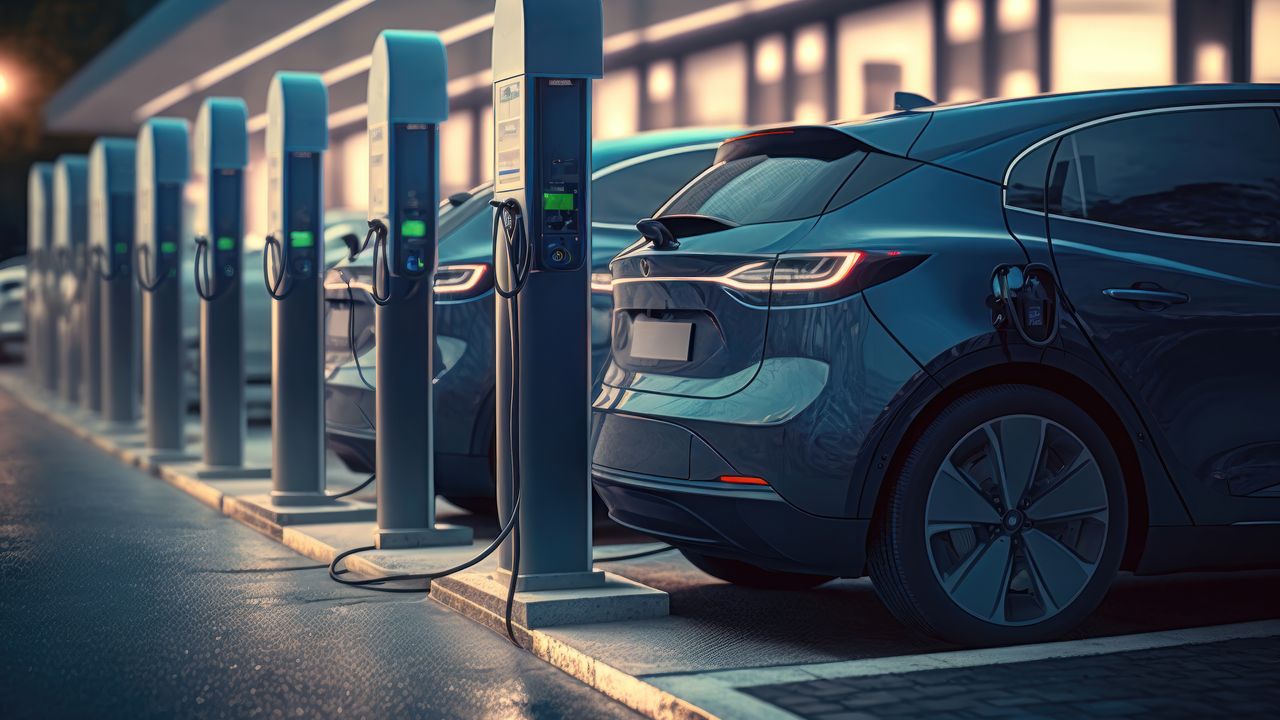Public Charging Stations: Availability and Key Considerations
As electric vehicles (EVs) gain popularity, the demand for public charging stations has increased significantly. EV owners rely on these stations to recharge their vehicles on the go, making the availability and reliability of charging infrastructure crucial. In this article, we will explore the current state of public charging stations, their availability, and key considerations such as charging station reliability, payment methods, and charging infrastructure.
Charging Station Reliability
One of the primary concerns for EV owners is the reliability of public charging stations. It is essential for these stations to be operational and well-maintained to ensure a seamless charging experience. Unfortunately, some charging stations may experience technical issues or be out of service, causing inconvenience to EV owners.
To address this concern, charging station operators should prioritize regular maintenance and monitoring of their stations. This includes performing routine inspections, promptly repairing any faults, and ensuring that charging equipment is up to date. Additionally, implementing a robust reporting system can help users identify reliable charging stations and report any issues they encounter.
Charging Payment Methods
Another crucial aspect of public charging stations is the availability of convenient payment methods. EV owners should have various options to pay for their charging sessions, ensuring a hassle-free experience. Common payment methods include:
- Credit/debit cards: Many charging stations accept card payments, allowing users to pay directly at the station using their preferred card.
- Mobile apps: Some charging networks offer dedicated mobile apps that enable users to locate nearby stations, initiate charging sessions, and make payments seamlessly.
- RFID cards: RFID (Radio Frequency Identification) cards can be used to initiate charging sessions and automatically deduct the charging fees from the user’s account.
Having multiple payment options ensures that EV owners can easily access and pay for charging services, regardless of their preferred method. It is crucial for charging station operators to offer a user-friendly payment experience to encourage the adoption of electric vehicles.
Charging Infrastructure
The availability and distribution of charging stations play a significant role in promoting the widespread adoption of electric vehicles. A well-planned charging infrastructure should consider factors such as:
- Location: Charging stations should be strategically located in areas with high EV traffic, such as shopping centers, parking lots, and major highways.
- Accessibility: Stations should be easily accessible to all users, including those with disabilities.
- Network coverage: Charging networks should aim to provide comprehensive coverage, ensuring that EV owners can find a charging station within a reasonable distance from their location.
- Charging speeds: Offering a range of charging speeds, from standard to fast charging, accommodates different user needs and reduces waiting times.
By considering these factors, charging station operators can create a robust and reliable charging infrastructure that supports the growing number of electric vehicles on the road.
Conclusion
Public charging stations play a vital role in supporting the transition to electric vehicles. The availability and reliability of these stations, along with convenient payment methods and a well-planned charging infrastructure, are key considerations for both EV owners and charging station operators. By addressing these factors, we can ensure that electric vehicle charging remains accessible, reliable, and user-friendly, further encouraging the adoption of sustainable transportation.
